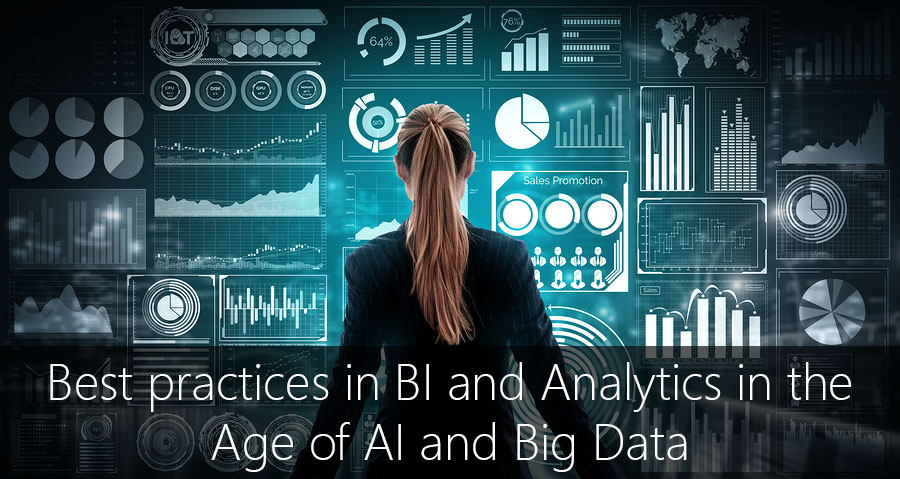
Savvy organizations are increasingly looking to leverage on Artificial Intelligence (AI), big data, and the cloud to derive greater value. Emerging trends in the market indicate possible realignments in the way these organizations set their Business Intelligence (BI), analytics, as well as data architecture strategies.
However, with a strong interest in emergent technologies, concerns are also rising in regards to data governance, data integrity, user experience, and appropriate skills in the workplace.
Firms, therefore, are directing their investments in predictable areas. First, a large proportion of organizations are looking to invest significant amounts in new technologies seeking to improve operational efficiency and effectiveness.
On the other hand, firms are also striving to avoid potential restrictions of prevailing technologies and platforms. For that matter, a reasonable number of organizations desire to replace or augment BI reporting, analysis, and resultant use case. Likewise, enterprises are making concerted efforts to pursue operational excellence using more advanced technologies and core cloud solutions.
For firms to achieve elevated self-service BI and analytical capacity, they may need to focus more on technology and invest further in service. As it stands, businesses continue to grapple with the decision of how to assimilate AI and big data technological advancements. However, it can be of interest to look at how much such technologies and practices will potentially contribute to the involvement of IT—in this case, delivering more data functionalities.
Controlling and managing BI and analytics forms the bulk of the challenges you can experience. Similarly, a multitude of firms harbor concerns about the implications of the rapid expansion of technology. Likewise, difficulties can emerge regarding regulatory demands such as protection against unauthorized access, in addition to rules governing exposure of classified data.
A large proportion of BI and AI concerns relate to the control and management of expanding self-service technologies. Given data quality and integrity issues can create barriers to the adoption of needed technologies, case in point AI; data governance is vital. For more information about business intelligence in 2019, click here.

Power BI by Microsoft
An example of an Business Intelligence solution is Power BI made by Microsoft. It is a business analytics service that delivers insights to enable fast, informed decisions. It can empower businesses by:
-
- Transform data into vibrant visuals and share it within an organization that is accessible anytime and anywhere.
- Analyze data—either on on-premise or in the cloud—all under one view.
- Collaborate easily and share customized dashboards and interactive reports.
- Scale across your organization with top notch security.
Power BI Success Stories
Nick Farrant, Rolls Royce’s Senior Vice President, vouches for Power BI by stating, “There’s no lack of data in our market today…. and many existing systems struggle to filter the signal from the noise. Our goal is not data for the sake of data, but to embrace the cloud and analytical technologies to deliver more expert insights to the right stakeholders at the right time.”
Troy Thibodeaux, Associated Press’ Data Journalism Editor, states, “… Power BI allowed AP to expand its coverage of this primary election and offer added value in the form of interactive maps and data visualizations.”
Visit our website’s resources to learn more about our solutions in order to further your understanding of financial and business management systems. Team up with a certified Microsoft Gold Partner to make your migration to the cloud seamless. If you have any questions regarding Dynamics 365 or other ERP/CRM systems, you can contact us here.
Don’t forget to follow us on Facebook, LinkedIn, and Twitter. Subscribe to our YouTube channel for insightful tutorials and demos.





